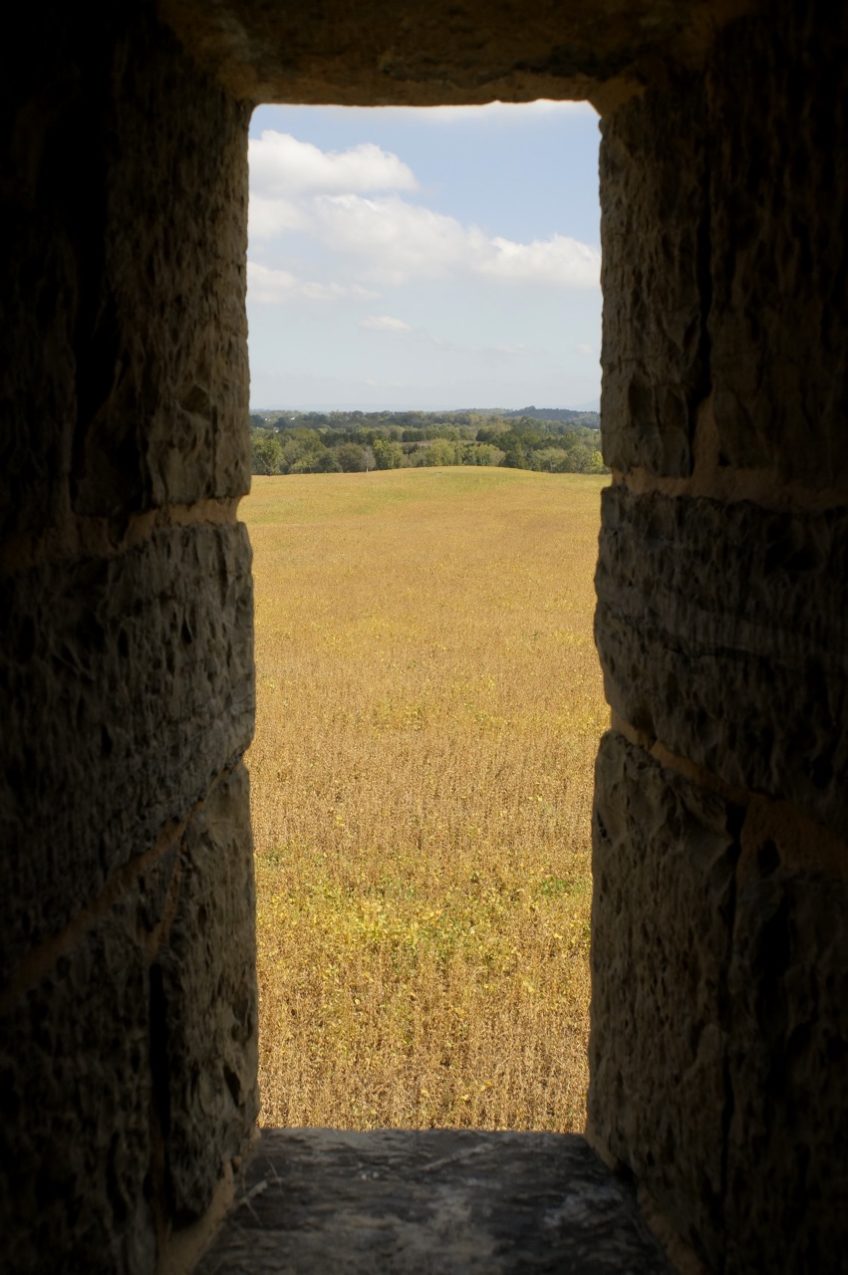After spending a day wandering the fields of Gettysburg, I moved west from Baltimore towards Antietam. Although I would end my day deep in the Shenandoah Mountains, I spent the morning peering into the depths of Miller’s cornfield, looking over Burnside Bridge, sitting in Dunkin Church, and walking the Sunken Road. Here, on September 17th, 1862, America men slaughtered each other by the thousands. That night, when the moon rose, over 22,000 soldiers were dead, wounded, or missing. It remains the bloodiest day in American history.


Situated near the town of Sharpsburg, MD, these picturesque fields conjured the same emotions that I felt in Gettysburg. History haunts these fields. The pain and suffering rooted in this place is inescapable. As I walked around, I was overcome by the fact that what my eyes were seeing was the last thing that a soldier might have seen 143 years ago. As I walked over Antietam Creek, I imagined Burnside Bridge piled high with the dead and dying. I stared into the depths of the Cornfield astonished that any commander would knowingly send his men into that hopeless confusion. At Antietam and Gettysburg, the outdated tactics and modern weaponry of the Civil War led to unprecedented carnage. I doubt that any American military venture will see the same levels of death and suffering on the field of battle. One can only hope…



Next stop, Shenandoah Valley National Park
Map of the Day



One Response
Jean Cronon
I wonder if some of the Cronon family were involved in this phase of the Civil War. Their forebears were from Ireland when many moved to Wisconsin to have a better life because they were starving. I know that many of them did fight in the Civil War as I mentioned before.